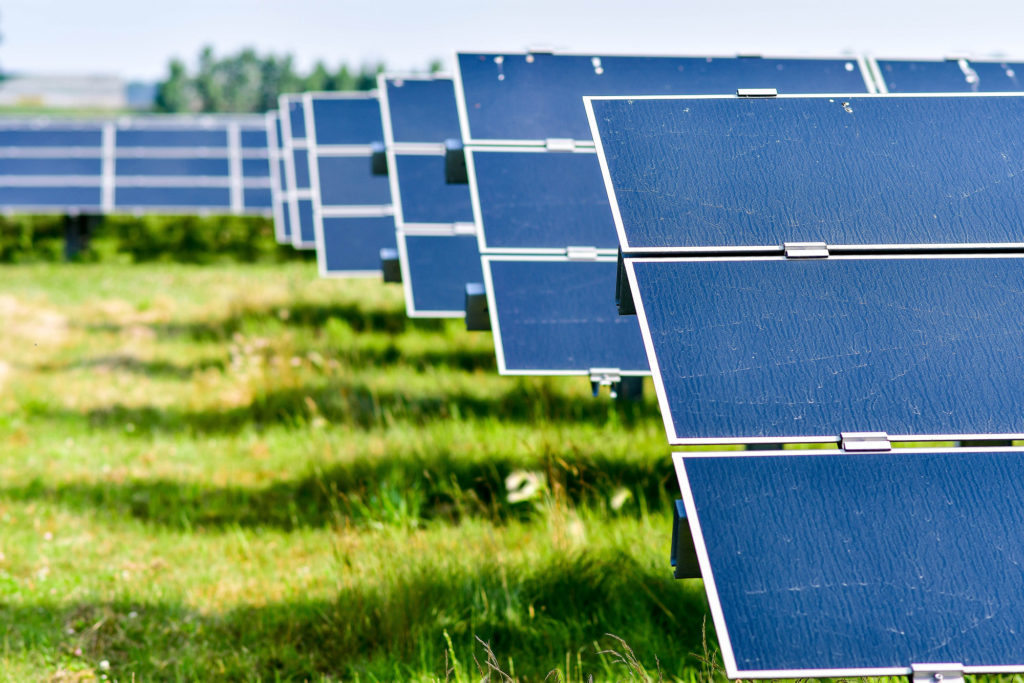
Some of the world’s biggest oil and gas companies have joined a project aimed at finding optimal spots for building renewables projects.
Led by the International Union for Conservation of Nature )IUCN), in collaboration with the Biodiversity Consultancy (TBC), the initiative is examining how the rapid acceleration of wind and solar development can avoid unintended impacts on nature and people.
Also involved is Fauna & Flora International (FFI), as well as energy giant EDF, Eni (NYSE: ENI), Equinor (OSLO: EQNR), Shell (LON: SHEL) and TotalEnergies (LON: TTE).
The study will draw on a growing body of work concerning the role and placement of renewable energy schemes.
It aims to deliver real-world guidance and examples of best practice for the wider industry, investors and policy makers to consider.
The project is also exploring how to minimise impact in the responsible production of raw materials used in renewable energy components.
Although oil and gas still forms the backbone of their operations, Eni, Equinor, shell and TotalEnergies are all growing their renewables portfolios.
In an effort to drive forward the energy transition, they are spending vast sums on a range of technologies, including wind and solar.
Rachel Asante-Owusu, a programme manager with IUCN’s climate change team, said: “As renewable energy is scaled up to meet global energy and climate change targets that contribute to a sustainable and equitable energy transition, we need to explore how spatial planning and cumulative impact assessments can be integrated into this development to avoid unintended impacts on biodiversity and people.”
Leon Bennun, chief scientist for TBC, added: ‘We are excited to embark on this second phase of the IUCN-TBC renewables partnership to help develop best practice guidance to support a nature positive transition to net zero. We hope that the activities identified under this phase, including guidance on addressing cumulative and supply chain impacts, will help both governments and developers contribute towards a sustainable future.”
Recommended for you

